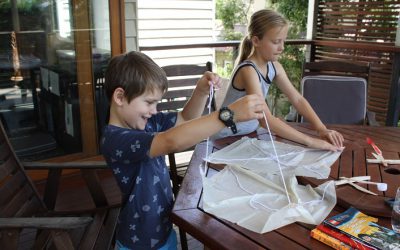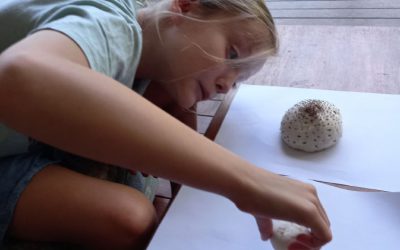The modern world is a pretty wonderous place, full of things that we take for granted each and every day. In this post we take a look at just five scientific breakthroughs or inventions that have completely changed the way humans live compared to our ancestors, and thanks to scientists, we all get to enjoy the results every day.
Electricity
Knowledge of electricity goes right back to the ancient Greeks with their discovery of static electricity, and the ancient Egyptians who discovered electric Nile Catfish. Fast forward many centuries, and names such as Benjamin Franklin, Michael Faraday, Luigi Galvani, Alessandro Volta and Nikola Tesla pop up, each making discoveries relating to electricity and how to harness it. Here’s a really interesting article that talks about who discovered what in the world of electricity.
These days, we flick a switch and just expect it to be there, delivered to every home in the country and generated by coal, water, wind or the sun.
A couple of great experiments to try are Circuits and Switches and Electricity from Plants or you could try the DIY Simple Motor or DIY Electromagnet Science@Home activities. You’ll need to be logged in to view these.
Modern medicine
We’ve all seen in the last two years just how important scientific developments in modern medicine can be, as the world’s scientists raced to understand COVID-19. In a very short time, the brightest minds in the world worked together on how to test for the virus, understanding how it spread, developing a vaccine, identifying variants, and now, developing possible options for prevention, treatment and cure.
Before COVID-19, we of course have seen the discovery of penicillin, cures of dreadful diseases such as smallpox and the development of some truly amazing medical procedures such as open-heart surgery and brain surgery. Now, scientists are working on things such as operating on patients via robots and developing wearable devices so people can monitor their own health in real time.
Take a look at this article, looking at developments in modern medicine over the last 200 years or so.
Anything that moves
How often do you just jump in the car to go to the shops, or hop on your bike to ride to the park? Not to mention getting on an aeroplane and flying to the other side of the world! Scientists have developed all sorts of machines that move us from place to place, making our lives much easier, and giving us the ability to visit all corners of the globe.
Innovation in transport goes right back to canoes made from hollowed out logs and the invention of the wheel, then through to steam engines, flying machines and the motor car, through to our modern-day submarines, helicopters, drones and spaceships. Here’s a little article taking us through a bit of a timeline of transportation development.
A couple of experiments to try are the Flying Rings, Mini Catapults and Rockets. You’ll need to be logged in to view the experiments.
TV and the internet
What on Earth would we do without the internet! It seems hard to believe when you’re a little kid, but chances are your parents didn’t have the internet when they were kids, and their grandparents may not have had TV!
We take it for granted now that when we switch on the TV, we will see pictures beamed on to the screen, often live from far away (even the moon!). And who can imagine life without the internet, on our laptops, desktops, tablets and phones. So much movement of data and information around the world almost instantaneously.
TVs were first invented in the 1920s (only 100 years ago), but only really readily available from around the 1950’s. The internet is just a baby in terms of inventions. Initially the technology was used for military purposes in the Cold War, growing to be used by other institutions from the 1970’s, then as we all started to get computers in our homes and workplaces, it became common-place from the late 1990’s.
You can find out a bit more about the evolution of the internet here (or just ask Mum and Dad – they were there when it happened!)
Engineering – making our structures
Have you ever looked at a really long bridge or tunnel, or a tall skyscraper and wondered how it was built? Engineers have been solving problems around structures since the beginning of civilisation, working out how to build things such as pyramids in ancient Egypt, bridges, roads and aqueducts in ancient Rome and various other structures such as castles and cathedrals. Fast-forward to more modern times, and we have long bridges over deep water, tunnels deep underground and buildings that get higher and higher. Here’s a little bit of a rundown on the history of structural engineering.
If you’re interested in building structures, you should try the Build a Bridge experiment. You’ll need to be logged in to view the experiment.
There were hundreds (or thousands) of other inventions and discoveries made by scientists that we could have talked about here – why not pick one that interests you and find out more about it? (Start by using that amazing invention – the internet!). You can also log in and browse our list of experiments and Science@Home activities to explore even further.


